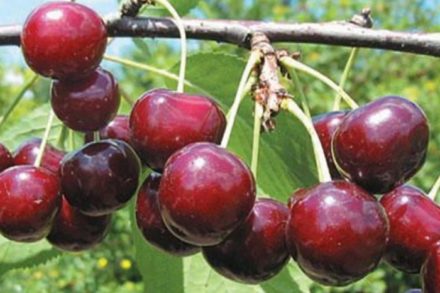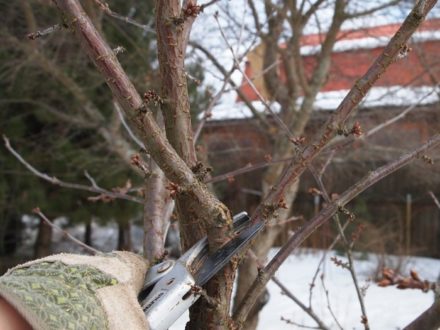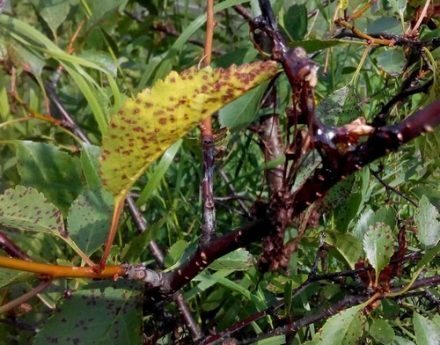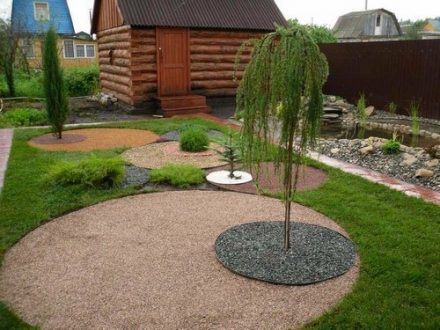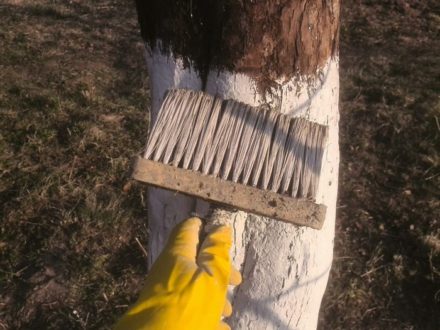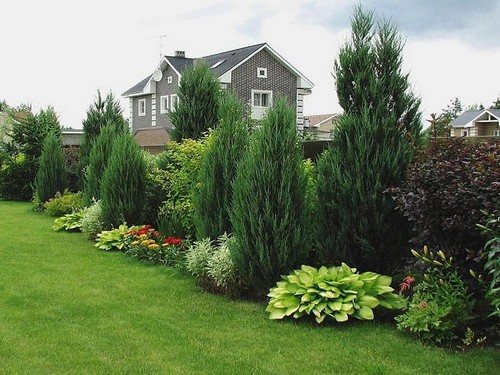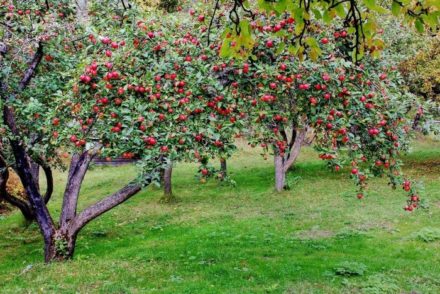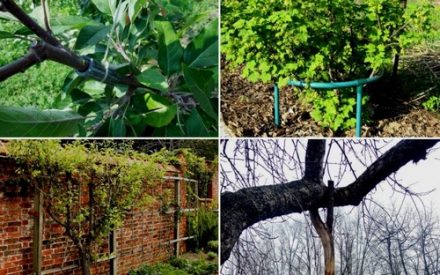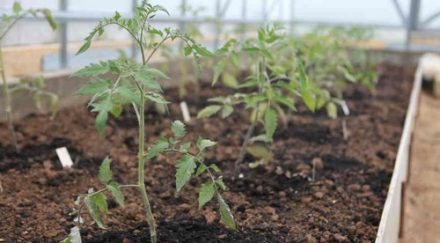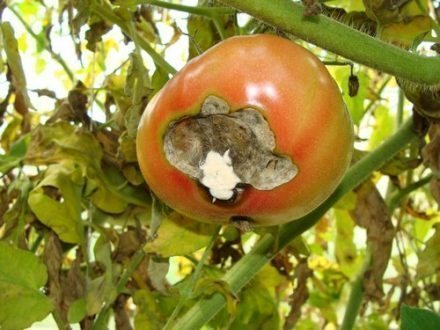A crack in the bark of a cherry tree is an unpleasant find for a gardener, which affects the further development of the tree, the quality of the fruit and leads to the death of the entire plant or part of it. The gum and pathogenic microorganisms that appear in it cause bacterial cancer and the development of fungal diseases.
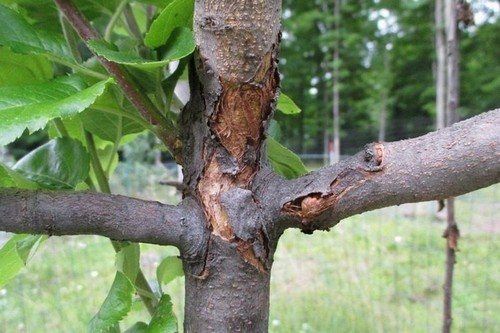
This situation can be fixed. Timely treatment will stop the development of the disease, heal the wound on the bark and preserve the fruiting of the tree for many years. Let's consider the causes, methods of treatment and measures to prevent the appearance of cracks in cherries.
Causes of cracks in the bark
Cherry is a capricious tree that requires careful care throughout the entire period of growth and fruiting. Cracks appear on its bark much more often than on other fruit trees. There are several reasons for this defect.
First of all, this is the wrong planting of cherries. Due to excessive deepening of the root collar, the bark becomes damp, bursts and dies, pathogenic fungi appear on it, and the nutrition of the tree is disrupted. Cherries should not be planted in lowlands and places with high groundwater levels. Excessive soil moisture leads to active growth and division of internal cells of the trunk and branches. They grow in breadth, while the cortex cells do not have time to divide intensively. This leads to the appearance of gaps.
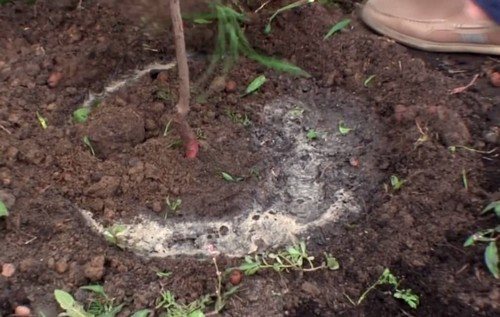
Heavy rains also contribute to waterlogging of the soil and the formation of cracks.This problem is caused by frost damage, which occurs due to changes in air temperature day and night in early spring, as well as sunburn, which leads to an increase in the temperature of the bark and its cracking, the appearance of brown spots on the trunk.
Violation of the technology and timing of tree pruning, excessive feeding of cherries with nitrogen-containing and organic fertilizers, damage to the bark by rodents and hares are the main reasons for the formation of gaps.
Treatment of cracks in cherry bark
The appearance of breaks in trunks and branches cannot always be controlled, for example, during periods of heavy rain. When cracks appear, the following treatment measures are carried out:
- inspect the entire tree for breaks, fungi and mold;
- Use a sharp garden knife to clean the wounds down to healthy living bark and allow them time to dry for 1–2 hours;
- carefully treat the sections with copper-containing preparations, for example, 1–2% solution of copper sulfate;
- Apply garden varnish to the wounds, which does not contain petroleum products (gasoline, kerosene, fuel oil). In its absence, periodically cover the cracks with an aqueous mixture of mullein (16 parts), chalk or slaked lime (8 parts), wood ash (8 parts) and sand (1 part). It should have the consistency of thick sour cream.
- Wrap the wounds in burlap and secure the bandage with wire.

These treatment measures are sufficient if the wound appears recently and is not infected with pathogens. If there is still a fungal infection or the wound is located in such a way that it is difficult to clean it, the branches are treated with persistent fungicides, observing precautions and protection.During the period of bud opening and flowering, the tree is not treated with fungicides.
After this procedure, the crack is covered with garden pitch or a medicinal mixture with manure. If the wound secretes gum, rub it with fresh sorrel leaves 4-5 times at intervals of 15 minutes.
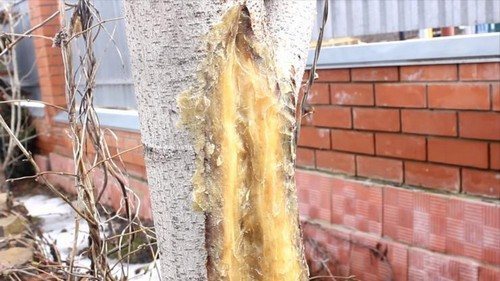
To avoid the spread of the fungus, diseased, peeled wood is removed from the site and burned. Treatment of cracks in cherry bark is usually carried out in spring or summer. At this time, the tree recovers faster. It is not advisable to leave wounds for the winter. They heal 1–2 years after treatment.
Preventing cracks in cherry bark
Prevention is the best way to fight diseases. To avoid cracking of the bark of the cherry tree, you should choose the right place for the young plant seedlings. Cherries do not like lowlands where moisture accumulates after rains, and areas with shallow groundwater. The seedling is placed in the planting hole so that the root collar is not buried in the ground. If the tree was planted a long time ago, and its root collar is deep in the ground, then they rake the soil around the trunk to the level of powerful roots, expand the trunk circle to 1.5-2 meters in diameter, and dig a drainage ditch or hole with drainage.
The following measures prevent the formation of cracks:
- autumn and spring treatment of the trunk and main branches with slaked lime solution, garden whitewash;
- wrapping trunks with spunbond, spruce branches, straw for the winter to protect against frost, sunburn and pests;
- treatment of cherry trunks and branches with an aqueous soapy solution with wood ash. 50 grams of laundry soap are dissolved in 10 liters of hot water.When the solution cools, add 2 kg of wood ash.
Furrowing in April - May is an effective way to avoid cracking of trunks and branches. The procedure is suitable for cherries over 4 years old. To do this, use a clean, sharp knife to make notches 15 cm long around the trunk at a distance of 3–4 cm from each other. The furrows should only touch the bark, not the wood underneath. Stepping back 9 cm up the trunk, make the following notches. As the cadmium grows, it fills these furrows and the bark does not crack.
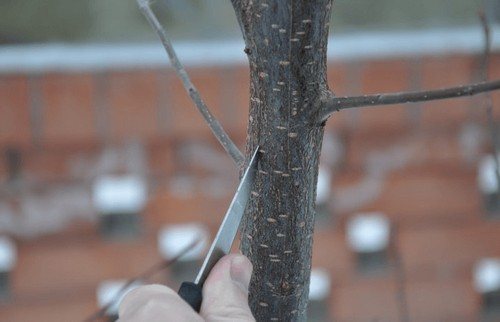
The appearance of cracks on the cherry trunk can be avoided by using already known simple agricultural techniques and inexpensive preparations. This will prolong the life of the tree, which will thank its caring owner with an abundant harvest of juicy berries.


